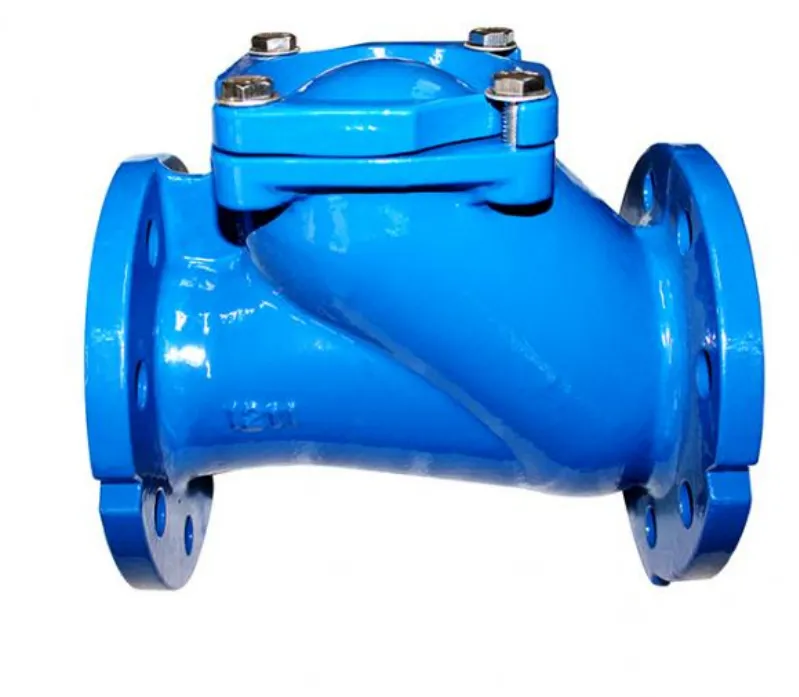Nov . 07, 2024 12:31 Back to list
Understanding the Functionality of Back Pressure Check Valves in Fluid Systems
Understanding Back Pressure Check Valves An Essential Component in Fluid Systems
Back pressure check valves are crucial devices used in various fluid systems, primarily to control the flow and pressure of fluids. These valves ensure that fluids flow in one direction while preventing reverse flow, which can lead to undesirable consequences, including system inefficiencies, potential damage, and operational failures. Understanding their functionality, applications, and advantages provides valuable insight into their significance in engineering and industrial processes.
What is a Back Pressure Check Valve?
A back pressure check valve is designed to maintain a specific level of pressure in a system while preventing backflow. These valves automatically open to allow the forward flow of fluids and close when there is reverse flow, thereby maintaining a preset back pressure. They are typically spring-loaded and come in various designs, including swing, ball, and piston configurations. The choice of a specific type depends on the application requirements, including flow rates and pressure settings.
How Do They Work?
The operation of a back pressure check valve is straightforward. When the pressure on the inlet side exceeds the predetermined threshold, the valve opens to allow fluid to flow through. However, if the pressure on the downstream side becomes higher than the upstream pressure, the valve closes, preventing the fluid from flowing back into the system. This mechanism is vital for applications where maintaining a stable pressure is essential for optimal performance.
Applications of Back Pressure Check Valves
Back pressure check valves are widely used across various industries, including water and wastewater management, chemical processing, oil and gas, and pharmaceuticals. In water treatment facilities, they prevent backflow that could contaminate clean water supplies. In the chemical industry, these valves help maintain the necessary pressure to ensure efficient reactions in reactors and pipeline systems. In oil and gas applications, they protect pipeline integrity and prevent backflow that could risk leaks or system failures.
back pressure check valve

Advantages of Back Pressure Check Valves
1. Prevention of Backflow The primary benefit of back pressure check valves is their ability to prevent backflow. This protection is essential in maintaining the integrity of fluid systems and ensuring that hazardous materials do not flow back into clean or safe areas.
2. Pressure Regulation By providing a mechanism to maintain a specific pressure level, these valves help ensure that systems operate within their designed parameters, enhancing efficiency and safety.
3. Reduced Risk of System Damage The risk of damage to pumps and other equipment is significantly reduced when back pressure is controlled, leading to longer service life and decreased maintenance costs.
4. Versatility Back pressure check valves can be used in various applications, adapting to different fluid types and system requirements, making them a versatile choice for engineers and system designers.
5. User-Friendly These valves typically require minimal maintenance and are easy to install, which saves time and reduces labor costs for companies.
Conclusion
Back pressure check valves are essential components in modern fluid systems, providing critical flow control and pressure regulation. Their ability to prevent backflow and maintain preset pressure levels makes them invaluable across various industries. As technology advances and industries evolve, the importance of reliable and efficient fluid control systems will only increase, highlighting the continued relevance of back pressure check valves in engineering and industrial applications. Whether in a water treatment facility or a chemical processing plant, the role of a back pressure check valve is integral to maintaining system integrity and operational efficiency. By understanding their functionality and advantages, engineers and operators can better appreciate the contributions of these unsung heroes of fluid dynamics.
-
Precision Manufacturing with Advanced Spline Gauge DesignNewsJul.31,2025
-
Industrial-Grade Calibrated Pin Gauges for Exact MeasurementsNewsJul.31,2025
-
Industrial Filtration Systems Depend on Quality Filter DN50 SolutionsNewsJul.31,2025
-
High-Performance Gate Valve WholesaleNewsJul.31,2025
-
Granite Surface Plate The Ultimate Solution for Precision MeasurementNewsJul.31,2025
-
Granite Industrial Tools The Ultimate Guide for Bulk BuyersNewsJul.31,2025
Related PRODUCTS









